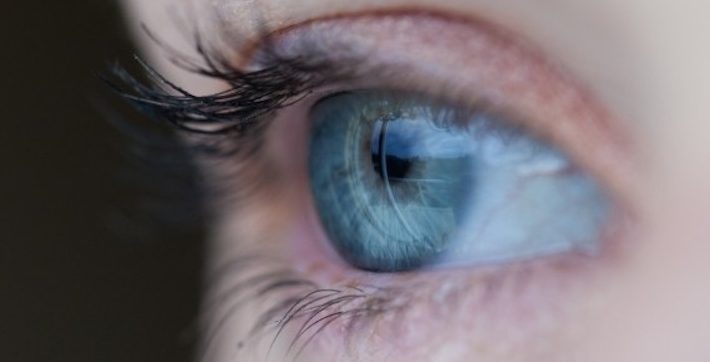Millions of blind people could have their vision actually restored using stem cells taken from the eyes of non-living donors, according to new research from Scotland.
Thanks to the pioneering tissue transplant, eight patients with a common condition that destroys vision have had the affected area repaired—and two were able to read again after having severe macular degeneration.
The revolutionary treatment may lead to a cure for blindness caused by damage to the cornea – the protective surface of the eye. It often becomes clouded in older people through injury or infection. In more underdeveloped countries, children and younger people are also increasingly prone.
“The findings from this small study are very promising and show the potential for safe stem cell eye surgery as well as improvements in eye repair,” said study leader Baljean Dhillon, professor of clinical ophthalmology at the University of Edinburgh’s Centre for Clinical Brain Sciences.
RELATED: Hundreds of People Are Being Cured of Blindness Every Day With Cheap, Minutes-Long Surgery
Describing the breakthrough as a “world first”, Dhillon and colleagues said that it sheds light on the causes of sight disorders and shows how eye damage can be fixed with organ donor stem cells.
The study published in STEM CELLS Translational Medicine focused on limbal stem cells, which are typically lacking in patients suffering from corneal blindness. The cells lie in the the top layer of the cornea, the epithelium, and act as a barrier against dust and germs.
Without this tissue the cornea becomes irregular, destroying vision and leaving the eye prone to infection. It can result from damage caused by chemicals or heat – or a disease called aniridia, which can lead to scarring and severe vision loss in both eyes as well as chronic pain and redness.
MORE: First Ever 3D-Printed Cornea Could Restore Vision for Millions of People
Normal healthy corneas are transparent – but when these specialized cells are lost, the cornea becomes scarred and blurred.
As a means of repairing the cornea, the team used samples from people who had donated their eyes after death in order to grow the stem cells.




















